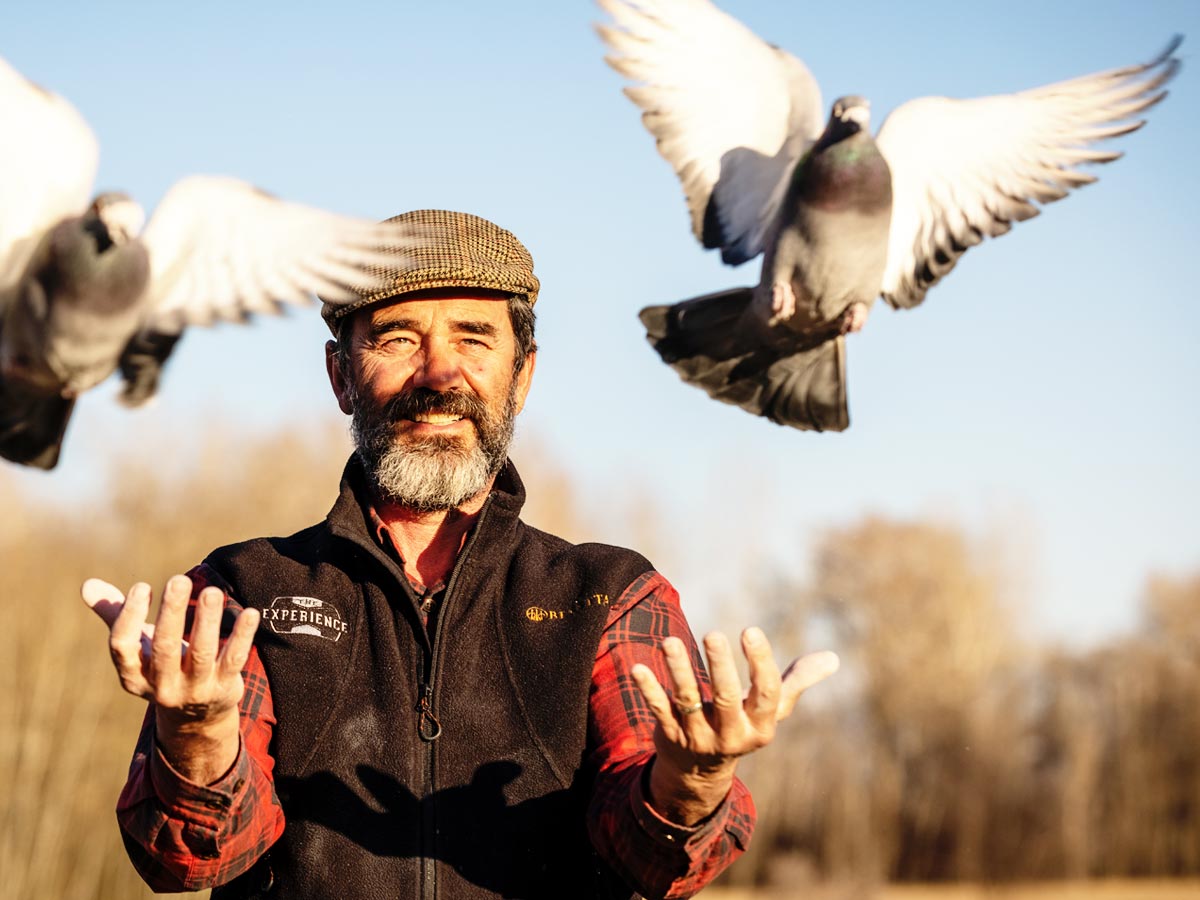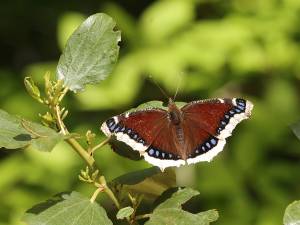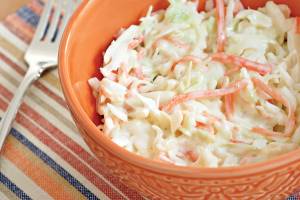By DIANNA TROYER
As if to say, “Pick me, pick me,” racing pigeons coo and flutter around their loft when handlers are selecting birds to enter in an upcoming race.
When choosing from his “racing team” of about 30 pigeons, he picks three to five to enter in 600-mile races. All of his birds participate in the races shorter than 200 miles.
Once released at the starting point of a race, his pigeons will zoom back to their loft in Emigrant, Mont., within hours, flying up to 70 miles an hour with a tail wind.
“It’s cool to follow them on their way home when their route parallels the highway,” he said. “When there’s no wind, I’ve clocked them with my speedometer flying at about 55 miles per hour.”
Yoes, 72, is a retired attorney and editor of the national magazine Racing Pigeon Digest. He has been raising and racing pigeons for more than a half century.
A member of the Bridger Mountain Racing Pigeon Club in Bozeman, he plans to enter eight to 10 races during the spring racing season, April through June.
He really admires his pigeons’ grace, and navigational expertise.
“I’ve been in awe of homing pigeons since I was 12 and found a lost pigeon with an identification band on its leg,” Yoes said. “I’d read about them in library books and was amazed that you could take them away from home, turn them loose, and they would return.”
He built a cage for the found bird and soon obtained more pigeons with the encouragement of his mother.
“She was sentimental about them, remembering her childhood and having pigeons in her family’s barn.”
The birds’ power of navigation impress him. To find their way home, pigeons use part of their brain that detects the Earth’s magnetic fields and the position of the sun. They also rely on their keen eyesight and acute sense of hearing.
“Pigeons’ eyes are so good, they can see the stars in the middle of the day,” he said.
Yoes entered his first race in college and won. He knew exactly how to spend his prize money.
“I bought an engagement ring for my wife, Melody,” he said.
Supportive of his hobby, she encouraged him to fulfill his dream of publishing a racing pigeon magazine. He published his first issue of Racing Pigeon Digest in 1992 and built up its circulation to 3,500 with subscribers in the United States, Europe, Asia, and Africa.
Yoes and his magazine subscribers are among thousands of racing pigeon aficionados nationwide. The American Racing Pigeon Union has 10,000 members.
Like Yoes, George and Martin Merrill, brothers who live in the eastern Idaho town of Minidoka, have raised and raced pigeons for five decades.
As children, the Merrills were captivated with homing pigeons. They remember reading about pigeons’ historical and cultural significance worldwide.
During wartime, homing pigeons have been relied on to transmit vital messages. For centuries, pigeon racing has entertained royalty as well as the working class.
“We’ve loved pigeons since we were kids,” said Martin, 75. “We’d go to farmers’ barns and catch wild ones for pets and sell some to bird dog trainers. We saved our money and eventually bought some racing pigeons. Our pigeons’ lifespan is about 20 to 25 years, and we never get tired of watching them fly.”
According to George, breeding and training racing pigeons is an art and a science. “We’ve been working at perfecting it for decades,” he said.
“When you race pigeons, you’re a nutritionist, a veterinarian and a coach—adjusting training times and diet depending on the distance of a race,” said Martin.
It’s In the Blood
Along with training and nutrition, pigeon pedigrees and performance bloodlines are crucial to winning.
Kendal Nield, president of the Magic Valley Racing Pigeon Club in Twin Falls, said he considers himself fortunate to own internationally renowned bloodlines—including several descendants of Kaasboer, a champion bird raised by Belgian breeder Gaston Van de Wouwer.
Last fall, a Chinese businessman bought a 2-year-old female from the Kaasboer bloodline for $1.9 million at a Belgian auction.
About a decade ago, a friend in Idaho imported Kaasboer pigeons and sold some to Nield.
“I feel fortunate to have bought into the bloodline before its prices shot sky high,” Nield said.
Last fall, Nield won Champion Loft, Average Speed, and Champion Bird in the Magic Valley Racing Pigeon Club.
“My champion bird was a son of my best Kaasboer breeding cock,” said Nield, who flies his birds in 12 to 18 races a year. “Nothing is as exciting to me as watching one of my birds return from a long race. They are truly incredible.”
Nield noted he is always amazed by the birds’ athleticism and intelligence.
“Being around them has helped me deal with major depression,” he said. “They’ve been my therapy and really helped me heal.”
He has been captivated by the sport since he was 12, when won his first race competing against adults.
“Winning a race at that age increased my confidence,” he said.
Nield said he was grateful for mentors’ advice and encouragement through the years, and he does his own share of mentoring these days. He said Idahoans from all walks of life are attracted to pigeon racing.
“We enjoy sharing our experiences, advice, and love of the sport and birds,” he said. “We are always willing to help newcomers get started in the sport.”
Distance Training
Before a pigeon ever races, its handler registers the bird with the American Racing Pigeon Union, giving it an identification number. When it is 6 to 10 days old, a bird is banded with a lightweight, numbered tag.
To train their pigeons, handlers release their birds at varying distances from home—40 to 100 miles away, depending on the distance of an upcoming race. Generally, pigeons fly about 100 miles in two hours and 500 miles in 10 to 14 hours.
In the Intermountain West, competitors have two racing seasons. During spring, adult birds compete in races of 100 to 600 miles. In the fall, young birds in their first year race from distances of 100 to 400 miles.
Race Day
On the day of a race, the birds are brought to the club shipping location and entered into the competition, according to Yoes. They are placed in race crates, which are sealed and driven to the designated race site.
“Depending on the weather conditions, the birds are all released together and fly together before peeling off to fly to their own lofts,” he said. “The seasoned pigeon flyer studies how quickly they start home instead of circling the release point.”
It is not the first bird home that wins the race, but the fastest, Yoes explained. Each loft has an electronic pad that records a bird’s incoming time when it reaches home.
“All have had their lofts measured from the various release points, so each loft’s birds are flying distances that can vary 50 or more miles. By taking the flying time and distance flown, the speed in yards per minute is calculated to three decimal places, and the fastest speed wins the race.”
When the pigeons reach home, Yoes said he never tires of watching them approach the loft.
“They often drop into the loft like a bullet,” he said. “Whatever happens with the season this year, I’ll be satisfied just watching them fly.” ISI









